
Explore Advanced Materials
The technology of the future can only be imagined in the context of the materials of the future. Cornell Engineering is not only imagining that technology, it’s creating the materials to make it possible. Cornell’s distinguished history in advanced materials is evident through its current roster of world-class researchers and facilities. Cornell was the first to grow a single layer of graphene and determine its structure; the first to achieve pressures in the laboratory exceeding those at the center of the Earth; and our research into polymer-clay nanocomposites laid the foundation for a new industry.
Areas of advanced materials innovation at Cornell include computationally designed materials; enhanced functionality through convergence and integration of biological, organic, electronic, and structural materials; self-assembly creation of new materials; and tailoring of interfaces to produce nanocomposites. Cornell is home to four national centers with a focus on advanced materials. In many ways, Cornell University is a playground for materials researchers. The Cornell NanoScale Facility, PARADIM, Center for Materials Research, High Energy Synchrotron Source and various other facilities are filled with chemists, physicists, computer scientists and other engineers all exploring new ideas together, theorizing materials and arranging atoms with absolute precision--and these centers are open for business and collaboration with industry.
We welcome corporate and foundation collaborators to share in and support the advancement of materials research initiatives through access to Cornell Engineering’s research, faculty and facilities. Some of the many ways to engage with us include collaborative research, curriculum support, student engagement, user facilities, technology transfer, and entrepreneurship.
Recent Research
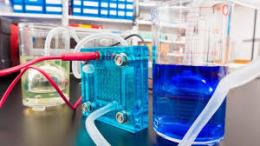
Innovative AI system could help make fuel cells more efficient
An artificial intelligence system developed by a Cornell-led team has identified a promising material for creating more efficient fuel cells – a potential breakthrough in both materials science and machine learning. The system, which relies on a collective of algorithmic bots each performing a distinct task, sifts through hundreds to thousands of combinations of elements to create a map of phases – arrangements of atoms in relation to each other – that humans can then use to determine which might work as a new material.
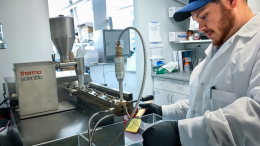
USDA awards $1.8M to Cornell for packaging, beverage concentrate research
The U.S. Department of Agriculture’s National Institute of Food and Agriculture has awarded $1.8 million to two Cornell food science research projects. One project improves the commercial viability of a new food packaging material that actively reduces the need for preservatives, while decreasing food waste; the other project improves juice and beverage production to keep the fresh taste in concentrates. The developed processes will be transferred to industry stakeholders. “Ultimately, this work will benefit consumers and will help boost the competitiveness and sustainability of the U.S. food sector by reducing the energy in food processing.”
Featured Researchers
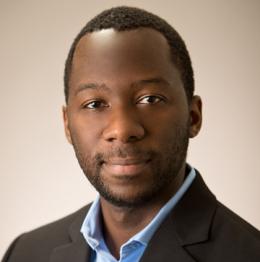
Christopher A. Alabi
Alabi Group Website
Expertise: Composition and sequence of a macromolecular chain affects it's chemical, structural and biological properties with an eye towards engineering sustainable materials and biomolecular therapeutics.
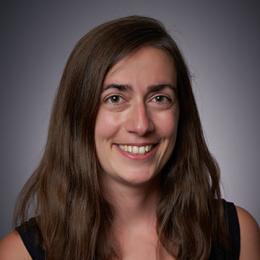
Julia Dshemuchadse
Dshemuchadse Group Website
Expertise: Structures of complex crystalline materials and their formation, aiming to understand the rules that govern their assembly and stability and to ultimately be able to predict and design new materials.
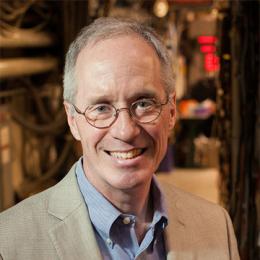
Joel Brock
Cornell High Energy Synchrotron Source
Expertise: Manufacture devices with characteristic features on (sub)nanometer length scales has driven an enormous effort to create thin films with precisely controlled chemical composition, crystal structure and morphology; next generation of x-ray sources.

